When one thinks of Vienna’s Cultural Renaissance, images of grand palaces, opulent balls, and intellectual salons often come to mind. But beneath the gilded surface, there’s a lesser-known narrative: the story of those who didn’t belong to the elite circles. This article delves into the lives of these unsung heroes, offering a fresh perspective on a well-trodden historical epoch.
Vienna’s Cultural Renaissance
The Renaissance, spanning the 14th to the 17th century, was a period of profound cultural, artistic, and intellectual rebirth. Vienna, as a central European hub, was no exception. The city became a melting pot of ideas, with artists, musicians, and thinkers flocking to its streets. But while the elite enjoyed the fruits of this cultural explosion, many ordinary Viennese were left on the periphery.
Life Outside the Elite Circles
While the elite indulged in art and philosophy, the common folk of Vienna had different daily concerns. Many were craftsmen, laborers, and merchants, striving to make ends meet in a rapidly changing society.
The wealth generated by the Renaissance often didn’t trickle down. Many artisans, despite their skills, struggled to compete with the influx of luxury goods catered to the elite. While grand operas and art exhibitions were the talk of the town, they were often beyond the financial reach of ordinary citizens. Instead, they found solace in folk music, local taverns, and community gatherings.
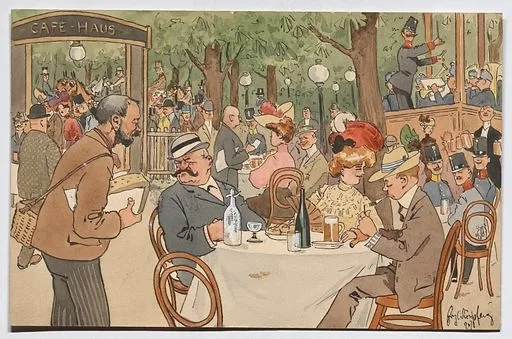
Role of Women
Women’s roles during this period were complex. While elite women might have had some access to education and the arts, most women outside these circles had limited opportunities.
Many women worked alongside men, often in family businesses or as domestic servants. Their contributions were vital, yet often overshadowed by the grand narratives of the time. Despite challenges, some women found ways to engage with the arts. They might not have been painting grand canvases, but they were weaving, crafting, and singing, keeping local traditions alive.
Knowledge Beyond the Salons
While the elite engaged in philosophical debates in grand salons, there was an intellectual undercurrent among the common folk.
Craftsmen’s guilds were hotbeds of knowledge exchange. Here, techniques were refined, and innovations discussed, driving forward the city’s economic engine. Pamphlets, broadsheets, and ballads were popular among the masses. They were affordable and covered everything from news to satire, playing a crucial role in information dissemination.
Vienna’s Diverse Tapestry
Vienna’s Renaissance wasn’t just a product of the elite. The city’s location made it a crossroads of cultures. Merchants, travelers, and immigrants brought with them a mosaic of traditions.
Often living in segregated quarters, the Jewish community contributed significantly to Vienna’s cultural fabric, especially in fields like medicine, trade, and music. Roma and Sinti, these communities, though marginalized, added to the city’s musical and artistic landscape, influencing everything from dance to folklore.
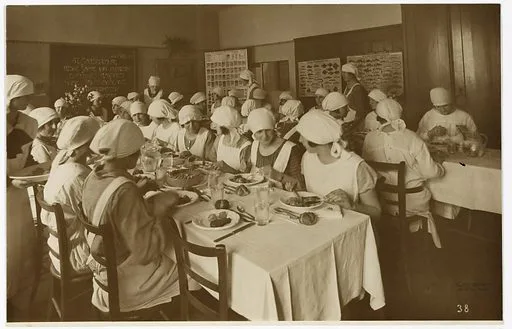
Comment below if you have ever been to the charming city of Vienna 🎡!
Faith Beyond the Cathedrals
While the elite often showcased their piety in grand cathedrals and sponsored religious artworks, the common folk expressed their faith in more intimate settings.
Parish Churches, these smaller churches were the heart of local communities. Here, the common folk gathered for worship, celebrations, and support. Processions, feasts, and plays were integral to Vienna’s religious landscape. These events, often organized and attended by the masses, showcased their deep-rooted faith and creativity.
Education
The Renaissance was a period of intellectual awakening. However, formal education was often a privilege of the elite. For many outside elite circles, learning was hands-on. Young individuals would apprentice with craftsmen, acquiring skills and knowledge vital for their trade. Some communities organized informal schools, often held in homes or churches, ensuring basic literacy and numeracy for their children.
Urban Life and Challenges
The bustling streets of Vienna were alive with activity, but they also posed challenges for its inhabitants. With the city’s growth, housing became a concern. Many lived in cramped conditions, leading to the rise of communal courtyards where families shared resources. And without modern sanitation, diseases were rampant. However, the common folk relied on local healers, herbal remedies, and community support during outbreaks.

Pushing Boundaries
Despite their challenges, the common folk of Vienna were not passive. They often found ways to push societal boundaries. Unsatisfied with economic disparities, some guilds organized revolts, demanding better conditions and rights. And through art, music, and dance, the masses expressed their hopes, frustrations, and dreams, subtly challenging the status quo.
Conclusion
The Cultural Renaissance in Vienna was not just a tale of the elite. It was a symphony of voices, with the common folk playing a crucial role. Their struggles, joys, and resilience offer a richer, more textured understanding of this pivotal period. By acknowledging their contributions, we gain a more holistic view of Vienna’s history, ensuring that the unsung voices of the past continue to resonate in the present.
Maria Anna Mozart – The Forgotten Prodigy of the Mozart Family
Anna Maria Mozart, affectionately known as “Nannerl”, was born in 1751 in Salzburg. From a young age, she showed prodigious musical talent, comparable to her younger brother, Wolfgang. Taught by their father, Leopold Mozart, both siblings toured Europe, performing in courts and for aristocrats.
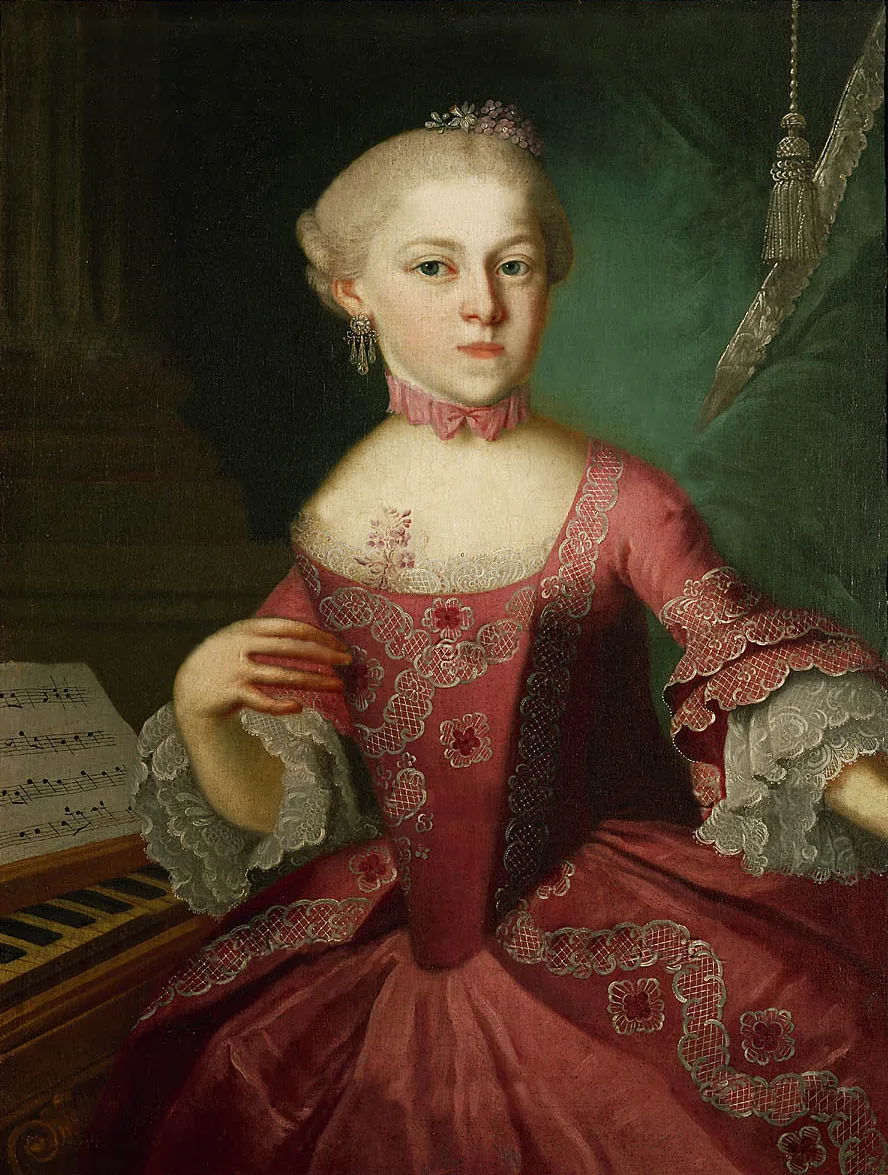
However, as they grew older, their paths diverged significantly. While Wolfgang continued to rise in the world of music, Nannerl’s opportunities dwindled. The societal norms of the time dictated that women, especially those outside the elite circles, should focus on domestic roles rather than pursue professional careers. By her late teens, Nannerl’s public performances became rare, and she eventually settled into roles deemed ‘appropriate’ for women: a wife, mother, and occasional music teacher.
Yet, her passion for music never waned. Letters between the Mozart siblings reveal a deep bond, with discussions about compositions, techniques, and the music world. Wolfgang often sought her advice and valued her musical insights.
More of → Perspectives ←
FAQ
1. How did the printing revolution in Vienna impact the dissemination of knowledge among those outside the elite circles during the Renaissance?
The advent of the printing press in Vienna during the Renaissance democratized knowledge. Previously, manuscripts were laboriously hand-copied and expensive, limiting their accessibility. With the printing revolution, books became more affordable and widely available. This allowed those outside the elite circles, including merchants, craftsmen, and even some women, to access knowledge, literature, and news, fostering a more informed and interconnected society.
2. Were there specific neighborhoods or districts in Vienna where non-elite artists and thinkers congregated during the Renaissance?
Yes, areas like the Leopoldstadt and Spittelberg became hubs for non-elite artists and thinkers. These districts, with their diverse populations and affordable lodgings, attracted many artisans, immigrants, and budding artists. The vibrant atmosphere, combined with a mix of cultures, made these neighborhoods melting pots of creativity and collaboration during the Renaissance.
3. How did the non-elite women of Vienna contribute to the city’s cultural renaissance, especially in fields traditionally dominated by men?
Non-elite women in Vienna played a significant yet often overlooked role in the city’s cultural renaissance. Many worked as seamstresses, embroiderers, and even painters, contributing to the city’s artistic fabric. Some ran workshops or traded in markets, subtly challenging the gender norms of the time. Their creations, from intricate textiles to folk songs, added depth and diversity to Vienna’s cultural landscape.
4. How did the religious diversity of Vienna, especially among those outside the elite circles, influence the cultural renaissance of the city?
Vienna’s religious diversity, particularly among its non-elite population, greatly enriched its cultural renaissance. The city was home to Catholics, Protestants, Jews, and Eastern Orthodox believers. This mosaic of faiths led to a cross-pollination of ideas, art, and music. Synagogues, parish churches, and community gatherings became platforms for cultural exchange, fostering a spirit of inclusivity and creativity.
5. Did the non-elite circles of Vienna have their own patronage systems to support artists and thinkers during the Renaissance?
While the elite had a well-established patronage system, the non-elite circles in Vienna developed their own grassroots support systems. Guilds played a significant role, often sponsoring members to undertake large projects or study under masters. Local businesses and wealthy families outside the aristocracy also commissioned works, providing livelihoods for many artists. This decentralized patronage system allowed for a broader range of artistic expression and innovation.
This was a delight to read. You show an impressive grasp on this subject! I specialize about Appliances and you…
i think he was just a crazy guy, a victim of his childhood and enviroment
super interesting 🤔
Loved this article, learned a lot!
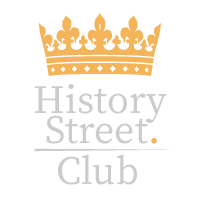
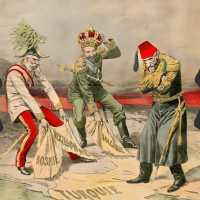
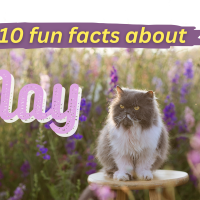
Leave a Reply